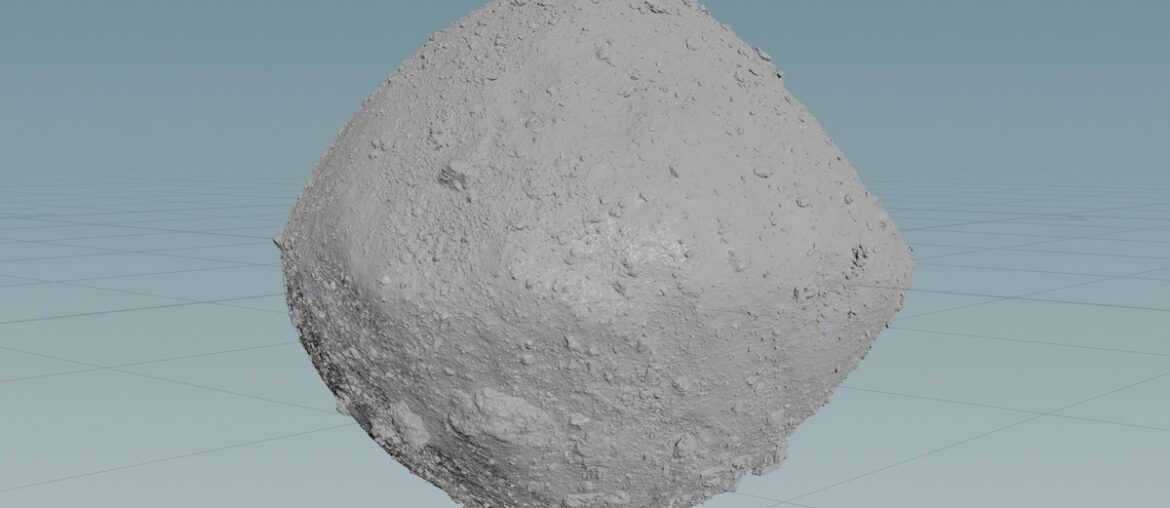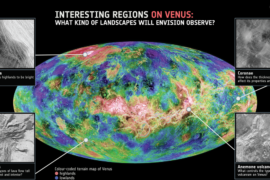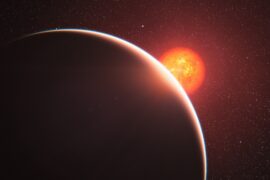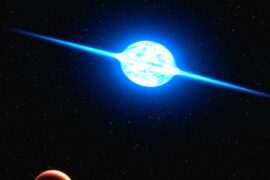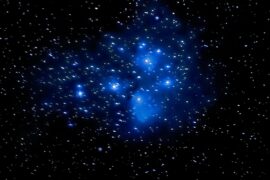Asteroids are leftover building blocks of the solar system, ranging from tiny rock piles to dwarf-planet-sized bodies. Visiting them with spacecraft turns faint points of light into mapped surfaces, helping us understand composition, impacts, and how planets formed.
There are 18 Asteroids Visited by Spacecraft, ranging from 1 Ceres,Dimorphos; for each entry I list Mission(s),Date (YYYY-MM-DD),Encounter type — you’ll find those details below.
How were these asteroids selected for spacecraft visits?
Missions target asteroids based on scientific priority (composition, suspected history), orbital accessibility (fuel and time constraints), size and rotation, and mission goals like sample return or rendezvous; program budgets and launch windows also strongly influence which bodies get visited.
Will more asteroids be added to this list in the future?
Yes — as new missions launch and arrive, the list grows: agencies prioritize targets that fill knowledge gaps or enable sample returns, and past successes (e.g., Hayabusa2, OSIRIS‑REx) show continued interest and feasibility for future asteroid visits.
Asteroids Visited by Spacecraft
| Asteroid | Mission(s) | Date (YYYY-MM-DD) | Encounter type |
|---|---|---|---|
| 951 Gaspra | Galileo | 1991-10-29 | Flyby |
| 243 Ida | Galileo | 1993-08-28 | Flyby |
| 253 Mathilde | NEAR Shoemaker | 1997-06-27 | Flyby |
| 433 Eros | NEAR Shoemaker | 2000-02-14 | Orbit insertion and landing |
| 9969 Braille | Deep Space 1 | 1999-07-29 | Flyby |
| 5535 Annefrank | Stardust | 2002-11-02 | Flyby |
| 25143 Itokawa | Hayabusa | 2005-09-12 | Rendezvous and sample return |
| 2867 Šteins | Rosetta | 2008-09-05 | Flyby |
| 21 Lutetia | Rosetta | 2010-07-10 | Flyby |
| 4 Vesta | Dawn | 2011-07-16 | Orbit insertion |
| 4179 Toutatis | Chang’e 2 | 2012-12-13 | Flyby |
| 1 Ceres | Dawn | 2015-03-06 | Orbit insertion |
| 162173 Ryugu | Hayabusa2 | 2018-06-27 | Rendezvous and sample return |
| 101955 Bennu | OSIRIS-REx | 2018-12-03 | Rendezvous and sample return |
| 486958 Arrokoth | New Horizons | 2019-01-01 | Flyby |
| 65803 Didymos | DART | 2022-09-26 | Flyby |
| Dimorphos | DART | 2022-09-26 | Impactor landing |
| 152830 Dinkinesh | Lucy | 2023-11-01 | Flyby |
Images and Descriptions
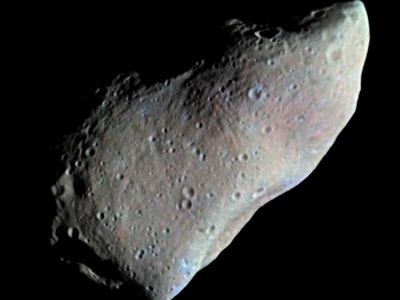
951 Gaspra
The first asteroid ever visited by a spacecraft. This 12 km S-type main belt asteroid was found to be irregularly shaped and cratered during Galileo’s flyby en route to Jupiter, providing our first close-up look at such a body.
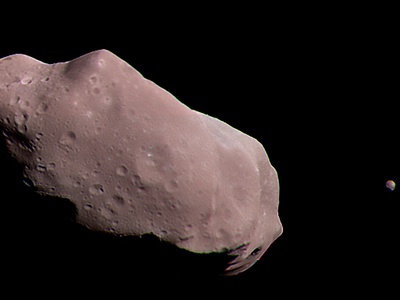
243 Ida
A 31 km main belt asteroid where Galileo made a historic discovery: Ida has its own tiny moon, Dactyl. This was the first confirmed moon found orbiting an asteroid, proving that such systems exist.
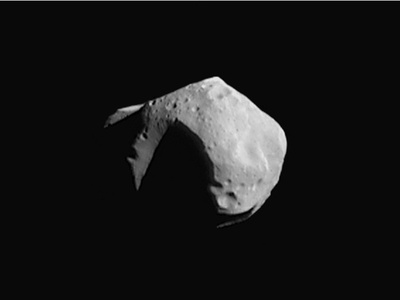
253 Mathilde
A large (53 km) and very dark C-type main belt asteroid. The NEAR Shoemaker flyby revealed enormous craters, suggesting a highly porous, low-density “rubble pile” structure rather than a solid rock.
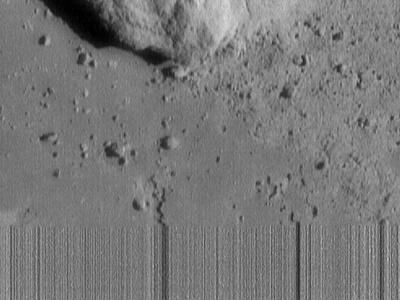
433 Eros
The first asteroid to be orbited and later landed upon. NEAR Shoemaker studied this 17 km near-Earth asteroid for a year before making a historic controlled descent to its surface, taking images all the way down.
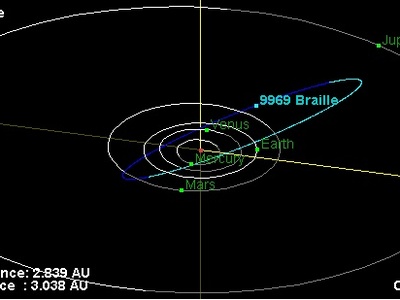
9969 Braille
Visited by the experimental Deep Space 1 probe. This small (2.1 km), elongated Mars-crossing asteroid flyby successfully tested new autonomous navigation technology, a key goal for future deep space missions.
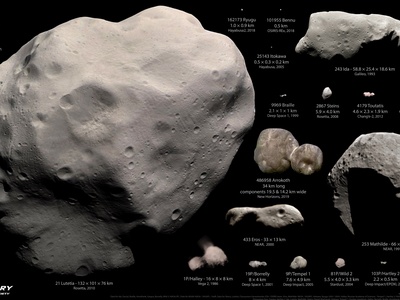
5535 Annefrank
An irregularly shaped main belt asteroid approximately 6.6 km in diameter. It served as a successful engineering and targeting test for the Stardust spacecraft on its primary mission to study comet Wild 2.
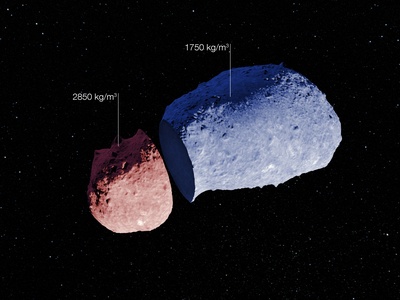
25143 Itokawa
A small (535 meters) near-Earth “rubble pile” asteroid. JAXA’s Hayabusa spacecraft briefly landed, collected tiny dust grains, and returned them to Earth in 2010—the first-ever asteroid sample return mission.
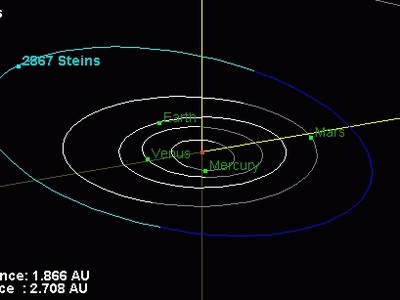
2867 Šteins
A small, diamond-shaped main belt asteroid about 5 km in diameter. The Rosetta spacecraft flew past it on its long journey to comet 67P, revealing a large impact crater and several smaller ones.
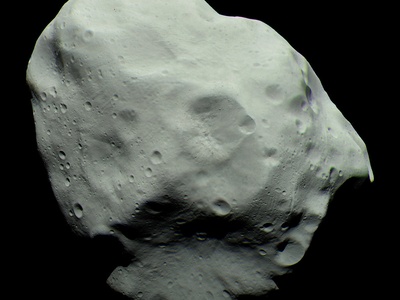
21 Lutetia
One of the largest asteroids visited, this 100 km main belt object puzzled scientists. Rosetta’s flyby showed it has an unusually high density, with features of both primitive and metallic asteroids.

4 Vesta
The second-largest object in the main belt, Vesta is a 525 km protoplanet. The Dawn mission orbited it for over a year, revealing a complex world with giant mountains and deep canyons.
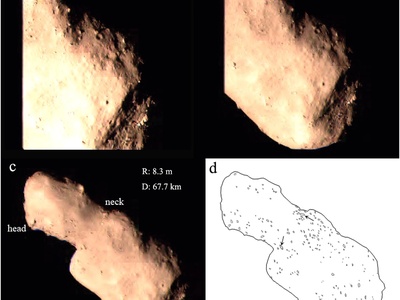
4179 Toutatis
A 2.5 km near-Earth asteroid with a bizarre, elongated shape and a slow, tumbling rotation. It was visited by China’s Chang’e 2 probe in a mission extension after it completed its lunar exploration.
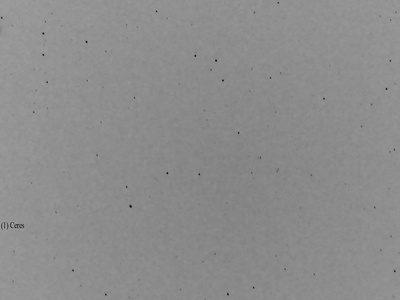
1 Ceres
The largest object in the asteroid belt (946 km) and a dwarf planet. Dawn arrived after visiting Vesta, discovering mysterious bright spots of salt deposits in its craters, hinting at a subsurface ocean.

162173 Ryugu
A diamond-shaped near-Earth asteroid about 900 meters in diameter. JAXA’s Hayabusa2 deployed rovers, collected subsurface samples using an impactor, and successfully returned them to Earth for analysis.
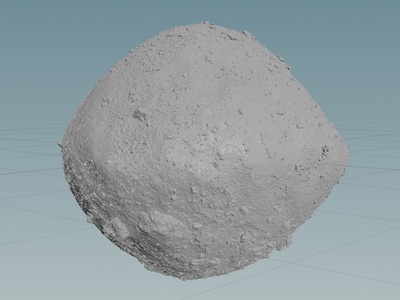
101955 Bennu
A small (490 meters), carbon-rich near-Earth asteroid. NASA’s OSIRIS-REx mapped its surprisingly rugged surface, collected a substantial sample that was returned to Earth in 2023, and discovered it ejects small particles.
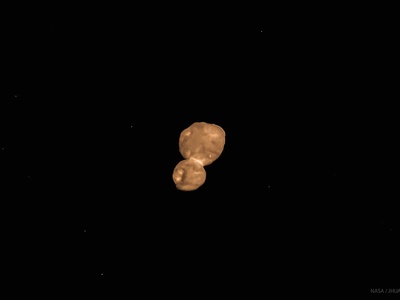
486958 Arrokoth
The most distant object ever explored up close. This 36 km Kuiper Belt object is a “contact binary”—two gently merged lobes—offering a pristine glimpse into the solar system’s ancient formation.
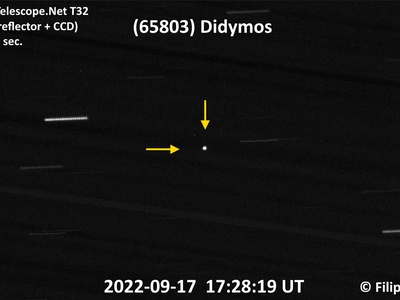
65803 Didymos
The larger asteroid in a binary pair, about 780 meters in diameter. NASA’s DART spacecraft flew past Didymos to intentionally collide with its moonlet, Dimorphos, in a groundbreaking planetary defense test.
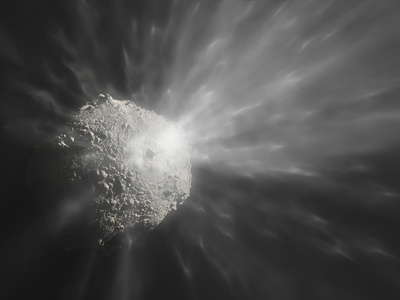
Dimorphos
The 160-meter moonlet of asteroid Didymos. DART’s successful impact was the first-ever demonstration of a kinetic impactor to change an asteroid’s orbit, a key strategy for protecting Earth from potential threats.
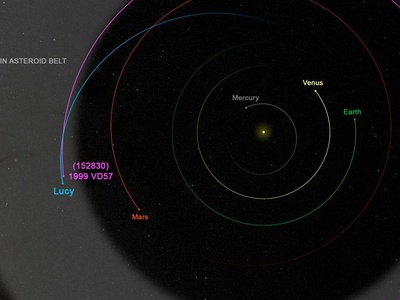
152830 Dinkinesh
A small main belt asteroid about 790 meters wide. The Lucy mission’s flyby revealed a surprise: Dinkinesh has its own moon, Selam, which is itself a rare “contact binary” of two smaller objects.
Enjoyed this article?
Get daily 10-minute PDFs about astronomy to read before bed!
Sign up for our upcoming micro-learning service where you will learn something new about space and beyond every day while winding down.

